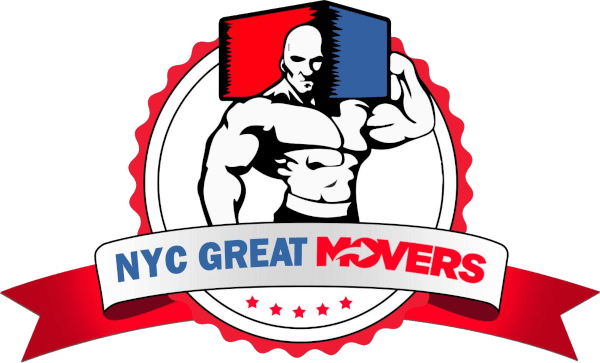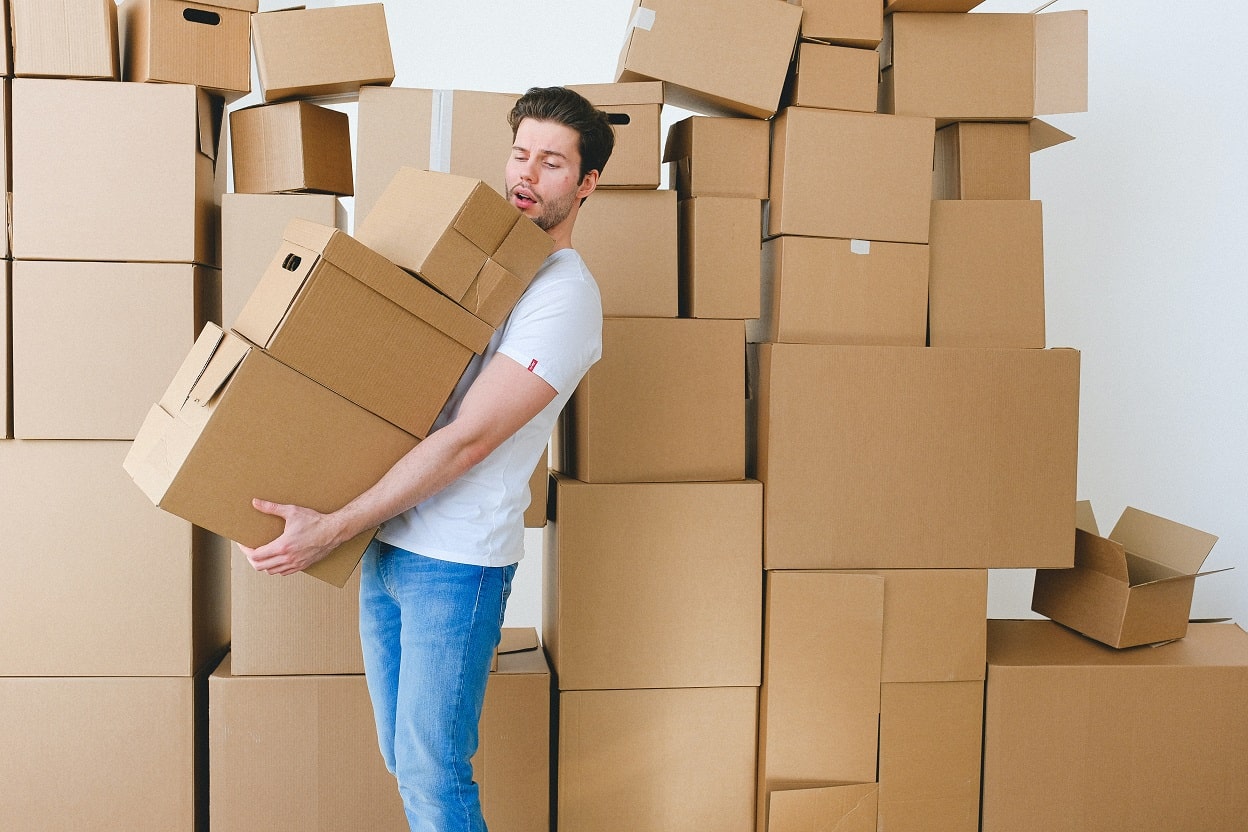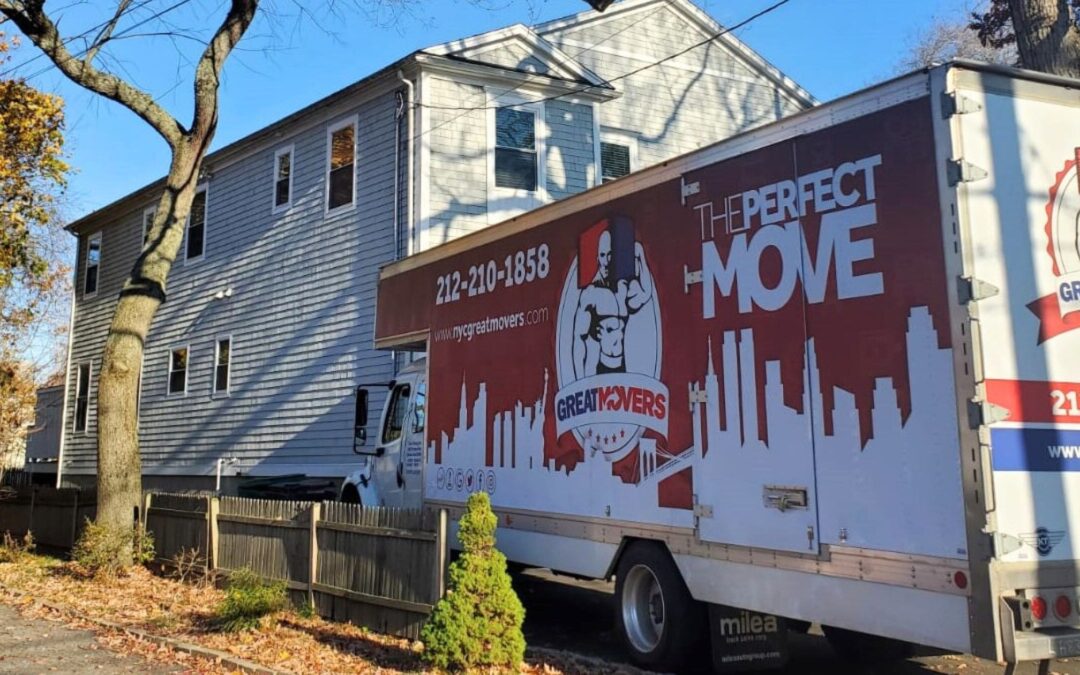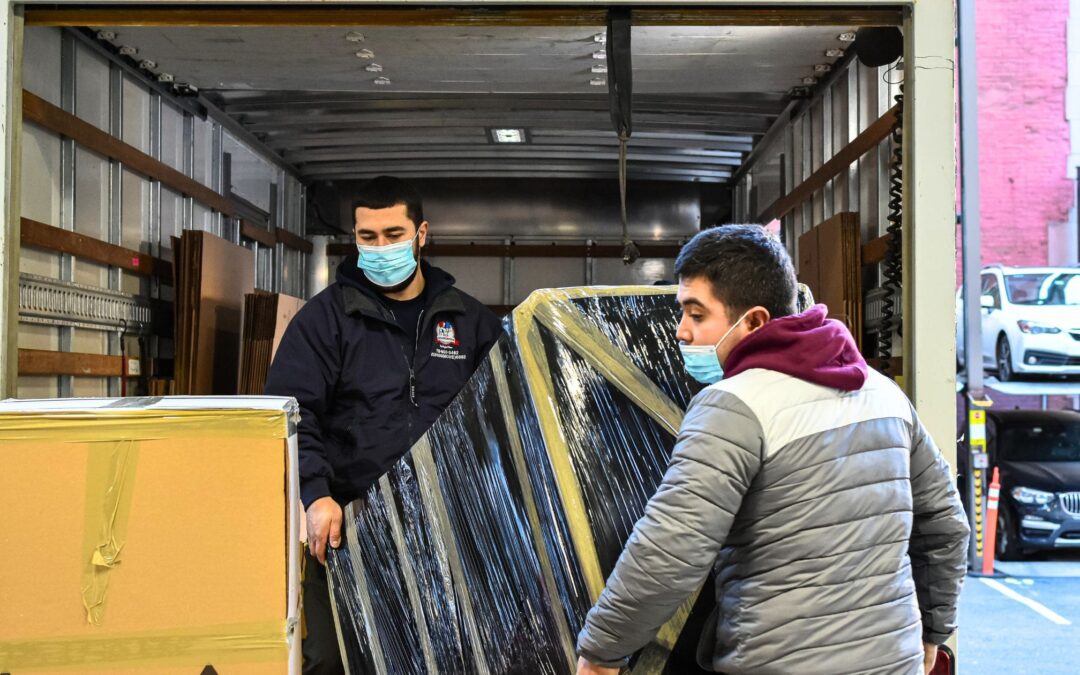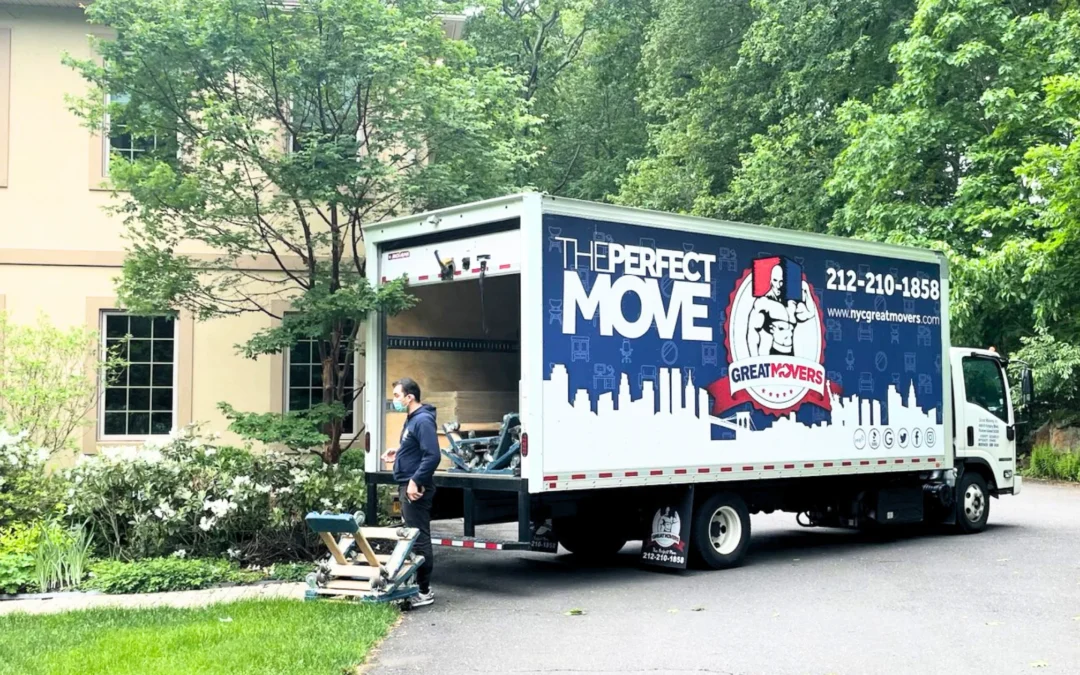Maybe you’ve had help in the past when moving, thanks to friends and family, but they might not always be available to help out. When you’re living on your own, there might come a time when you’ll have to do a solo move. While it might sound daunting, moving alone doesn’t have to be as scary as it sounds. In fact, as long as you follow the steps below, your solo move might even be easier than if you had to move with others! If you’re facing a solo move right now, the sooner you start the process, the better. You’ll want to keep in mind your own physical limitations and come up with a timeline so you don’t overdo it. Keep reading forthe best tips on how to plan and execute your solo NYC move.
Plan in Advance
If you live in NYC, you should know when your lease is up. That gives you plenty of time to start preparing for your move. Regardless of the circumstances, moving always takes longer than you think. When you’re moving alone, it can take even longer as you will have to do everything by yourself. Luckily, you can start the moving process several months in advance.
Top 10 Hidden Moving Expenses Solo Movers Forget
| Hidden Expense | Average Cost (NYC 2025) | Tips to Reduce Cost |
|---|---|---|
| Parking Permits for Moving Truck | $50–$100 | Check with local authorities early to secure temporary permits. |
| Tolls & Gas | $40–$150 | Plan route in advance; use toll-free roads when possible. |
| Packing Supplies (Extra Tape, Bubble Wrap) | $50–$200 | Reuse boxes; collect free supplies from stores or online orders. |
| Storage Fees | $100–$500/month | Book storage units in advance; compare prices online. |
| Elevator Reservation Fees | $50–$150 | Coordinate with building management early to reserve elevator slots. |
| Cleaning Supplies / Cleaning Service | $30–$200 | Clean room by room; ask friends for help or DIY cleaning to save. |
| Broker/Administrative Fees (New Apartment) | $200–$1,500 | Negotiate fees or search for no-fee apartments. |
| Insurance for DIY Move / Truck Rental | $50–$150 | Check if your renter’s or credit card insurance covers moving. |
| Last-Minute Purchases (Hooks, Curtains, Cleaning Supplies) | $20–$150 | Make a list early; purchase items in advance. |
| Unexpected Repairs or Damage Costs | $50–$500+ | Take photos of the apartment before leaving; use movers with insurance. |
One of the first steps you should take is to create a master list of all your moving tasks and deadlines. Don’t leave anything out, even if it seems trivial. You don’t want to forget something and have to scramble to get it done at the last minute. If you’re not sure where to get started, here are some ideas on what to include on your list:
- Getting moving boxes and other moving materials
- Set a date to throw out/donate whatever belongings you no longer need
- Packing each room
- Taking pictures and making an inventory of everything that will be coming with you
- Canceling or transferring utilities
- Updating your mailing address
- Research moving options – will you rent a truck or hire professional NYC movers
From now until moving day, make sure to look over your checklist and create a schedule that works for you. If you tend to work long weekdays, you might need to do all of your moving tasks on the weekend, which means you might need to start the entire process a few weeks earlier than people who can knock out a few things during the week. Remember, you don’t want to rush your move as that can lead to a ton of stress and potential issues down the line.
Create a Budget
Living on your own has its perks, but it also means you’re responsible for all the bills, and that includes when you make a solo move. There are a lot of factors that go into creating your personalized budget, but in general, you can expect to pay anywhere between $1,000 $6,000 on a move. Of course, that total depends on a variety of factors. Moving always tends to cost more than you estimate, so when you’re creating your budget, make sure to tack on some extra money at the end for those surprise expenses. Some basic moving costs to consider when creating your budget include:
- Cost of the actual move – decide whether you will hire professional movers or do it yourself. Both have pros and cons, which will be discussed further below
- Packing materials – one box might not seem expensive, but when you end up having to purchase 10+ boxes, packing tape, and other packing items, you might be surprised to see the total jump into the hundreds
- Real estate costs – you probably have to pay at least the first month’s rent and security, but you might also have to pay for a credit check, administrative fees, and even a pet deposit if you have a pet
- Move-in fees – once you’ve moved into your new place, there will be a lot of expenses that will pile up, which could lead to you spending thousands of dollars, especially if you end up leaving behind a lot of old furniture. Keep note of everything you will need to buy in your new place and don’t forget to include things like utility set up, small expenses like toilet paper and paint, and more.
Solo Moving Budget Breakdown (NYC 2025)
| Expense Category | Estimated Cost (NYC 2025) | Tips to Reduce Cost |
|---|---|---|
| Professional Movers / DIY Move | $300–$3,500 | DIY if possible; rent truck & supplies; hire movers only for heavy items. |
| Packing Materials (Boxes, Tape, Bubble Wrap) | $50–$300 | Reuse boxes from stores or online orders; pack yourself. |
| Real Estate Costs (Rent, Security, Broker Fees, Pet Deposit) | $1,000–$4,000+ | Negotiate broker fees; plan ahead for deposits & fees. |
| Move-in Fees & Utility Setup | $100–$500 | Set up utilities in advance; only buy essentials immediately. |
| Furniture / Home Items | $0–$1,000+ | Sell old furniture; buy used items online; properly fumigate before moving in. |
| Unexpected / Miscellaneous Costs | $100–$500+ | Add 10–15% buffer for last-minute expenses; track spending weekly. |
Luckily, if you plan in advance, you can reduce your overall costs by doing the following:
- Don’t pay for boxes! Reach out to local stores to see if they have any used ones they plan on throwing out. You should also save whatever boxes you received from your online orders.
- Downsize as much as possible. Be realistic about what you really need at your new place. Follow the six-month rule. If you haven’t used an item in the past six months, you probably won’t use it at your new place.
- Sell as much as you can. If you have high-value items that you no longer use, sell them online. While you might not get the full retail value that you paid, you can earn a few extra bucks to help out with the move. This process can take some time, so make sure to start this process as early as possible.
- Pack everything yourself unless you really don’t have time. Yes, moving companies might offer packing services, but this can add hundreds of dollars to your final bill. Save your money and do it yourself. This way, you know exactly what is in every box and that your fragile items are packed away safely.
- If you got rid of a lot of your furniture, look online for good deals on used furniture. Make sure to properly fumigate it before you bring it into your new apartment, as the last thing you want to deal with is an infestation.
If you’re like a lot of NYC residents, you probably know you’re going to move at least 3-4 months before the end of your lease. On top of the money-saving tips for your move, you should also set aside as much as you can every month leading up to your move. That means tightening up your belt and really cutting out every unnecessary spending, like ordering takeout, buying new clothes, going out with friends, etc. With that said, moving costs in NYC aren’t cheap, so you might need to consider taking out a personal loan to pay for everything like broker’s fees, security, etc.
DIY or Professional Movers
Deciding whether to hire movers or move yourself depends on your budget, the complexity of your move, and your own personality. Moving alone means you can only rely on yourself for DIY moves, which could be an issue if you have heavy furniture to move. In that case, your only option is to hire professional movers. However, if you only have some boxes to move, you might be able to move them yourself. Before you make your decision, consider the following pros and cons for each option
Moving Yourself
When you go the DIY route, you have complete control over your move. You get to choose everything from the truck to the moving supplies. Since you’re also handling everything yourself, you can ensure nothing breaks in the process. You also have more flexibility when it comes to when your move starts and ends, as well as the packing process. You don’t have to put everything into boxes if you don’t want to. So long as everything is on the truck on moving day, you’re good to go! The DIY option is also great if you’re on a tight budget. Renting a van can cost as little as $40, saving you thousands of dollars. Of course, this price can increase as most truck rentals allow you to choose add-ons and loading supplies to make your move easier. One add-on you should definitely include is additional insurance, just in case you get in an accident. Other add-ons you can get from truck rental locations include:
- Dollies
- Quilted pads
- Packing paper
- Edge protectors
- Plastic wrap
And more. Once you rent and/or purchase all the supplies you need, your moving costs will likely double if not triple. Still, when compared to hiring professional movers, you are still saving a lot of money. You can save even more by getting creative with your packing supplies. Instead of getting quilted pads, use your comforters to wrap up your furniture, for example. Of course, the downside of DIY moves is that it means you’re doing all the heavy lifting. If you’re not used to moving heavy items, you could end up injuring yourself in the process because you twisted or lifted a box the wrong way. This could delay your move by a few days! Even if you don’t hurt yourself, you may end up scratching up the walls of the building when moving. Depending on the damage and your landlord, you might have to pay for the repair. If you’re not a natural planner, then you probably will have a hard time moving yourself. While hiring professional movers requires some planning, you don’t have to worry so much about the logistics of getting your stuff from point A to point B. One of the biggest challenges for a DIY move is parking your truck. With so few parking spots in NYC, you likely won’t be able to park directly in front of your building. Sure, double parking might be an option, but if you live on a very narrow street, you would be blocking off traffic, which would lead to a ticket that could cost you hundreds of dollars.If you want to avoid a ticket, then you might need to park a few blocks away. That means exerting more energy, loading and unloading your truck. Plus, the added steps could increase your chances of injury.
